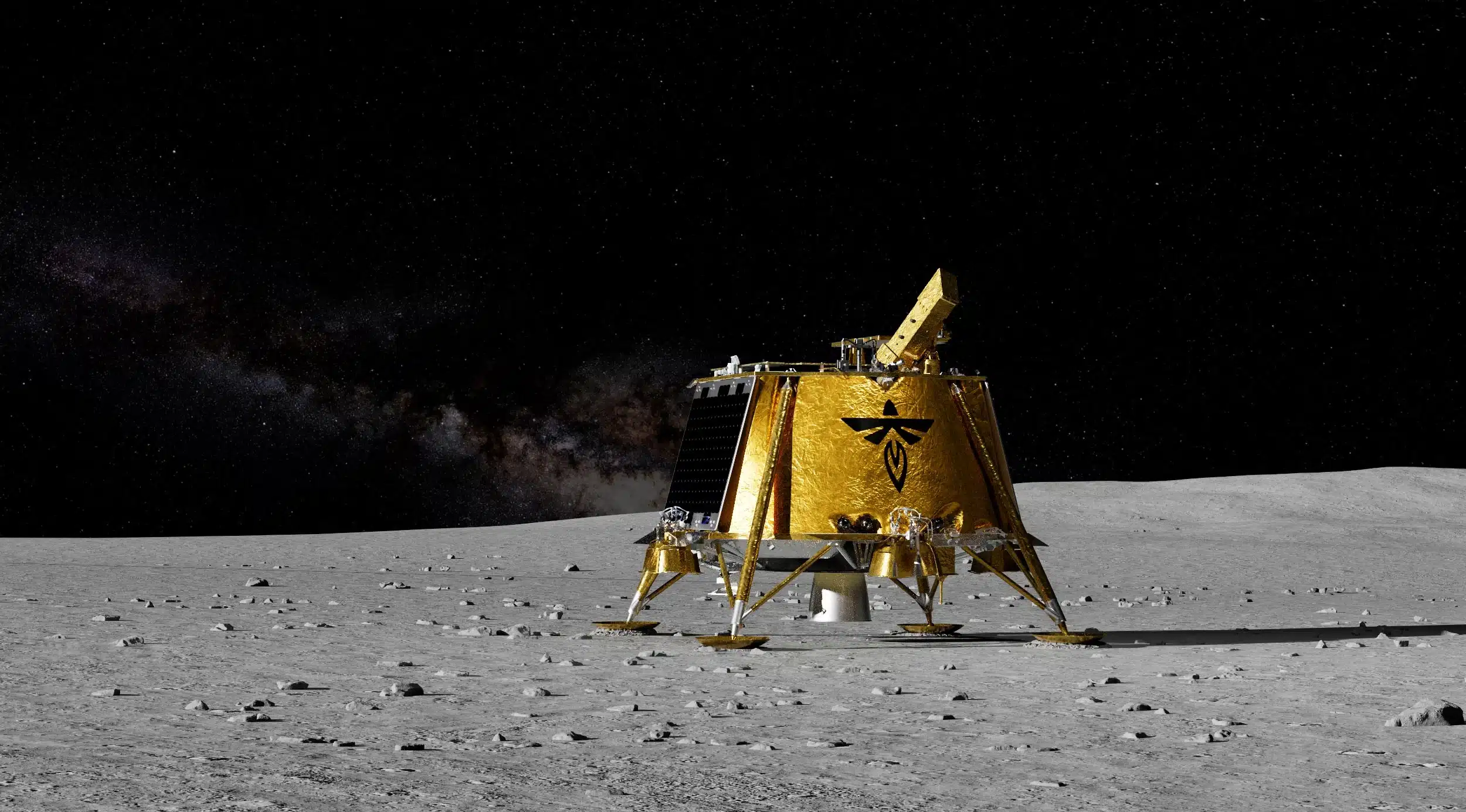NASA’s LEXI Mission to the Moon

NASA is set to launch an innovative mission to the moon with the Lunar Environment Heliospheric X-ray Imager (LEXI). This groundbreaking project aims to provide unprecedented observations of Earth’s magnetic field. By utilizing advanced X-ray technology, LEXI will capture images of the magnetosphere’s movements. This mission is crucial for understanding how the magnetosphere reacts to solar wind. The insights gained could significantly enhance our understanding of space weather, which affects satellites, electronics, and various Earth-based systems. This mission represents a vital step in studying the planet’s protective magnetic shield from a completely new perspective.
Mission Details and Scientific Goals
The LEXI instrument will be launched aboard Firefly Aerospace’s Blue Ghost lander, with the launch scheduled for January 15. Once it reaches the moon, LEXI will operate for six days. During this time, it will monitor Earth’s magnetosphere and collect data by observing low-energy X-rays reflected from the magnetic shield. Scientists anticipate that the mission will provide visual evidence of the magnetosphere’s expansion and contraction in response to varying solar wind intensity.
Hyunju Connor, an astrophysicist at NASA’s Goddard Space Flight Center, emphasized the importance of this research. She explained that stronger solar winds compress the magnetosphere, while weaker winds allow it to expand. The findings from this mission could improve our ability to predict geomagnetic storms. These storms can disrupt satellites, electronics, and critical infrastructure on Earth. By understanding the dynamics of the magnetosphere, scientists hope to develop better forecasting models for space weather events.
Earth’s Magnetic Shield and its Role
Earth’s magnetosphere is a protective barrier created by movements within the planet’s molten core. It shields the planet from harmful cosmic radiation and solar wind particles. However, interactions between these particles and the magnetosphere can lead to geomagnetic storms. While these storms can produce stunning auroras, they also pose risks to technological systems. Understanding how particles interact with the magnetosphere is essential for protecting both terrestrial and space-based assets.
Geomagnetic storms can disrupt communication systems, navigation tools, and power grids. Therefore, studying the magnetosphere’s behavior is critical for ensuring the resilience of our technological infrastructure. By gaining insights into how solar wind affects the magnetosphere, scientists can develop strategies to mitigate potential risks. This knowledge is vital not only for protecting satellites in orbit but also for safeguarding everyday technologies that rely on stable electromagnetic conditions.
LEXI’s Evolution and Future Impact
LEXI has evolved significantly since its initial launch under the name STORM in 2012. The original mission was brief, but after substantial upgrades, LEXI is now ready for a longer deployment. Brian Walsh, a space physicist at Boston University and the principal investigator for LEXI, expressed excitement about the mission. He stated that this project aims to provide a comprehensive view of Earth’s space environment. The data collected will advance our knowledge in a tangible and visual manner.
This mission could mark a significant advancement in space weather research. The implications of LEXI’s findings extend beyond scientific exploration. They could also inform strategies for enhancing infrastructure resilience against space weather events. As we continue to rely on technology that is vulnerable to solar activity, understanding the dynamics of the magnetosphere becomes increasingly important. The LEXI mission represents a crucial step toward safeguarding our technological future while expanding our understanding of the universe.
Observer Voice is the one stop site for National, International news, Sports, Editor’s Choice, Art/culture contents, Quotes and much more. We also cover historical contents. Historical contents includes World History, Indian History, and what happened today. The website also covers Entertainment across the India and World.

